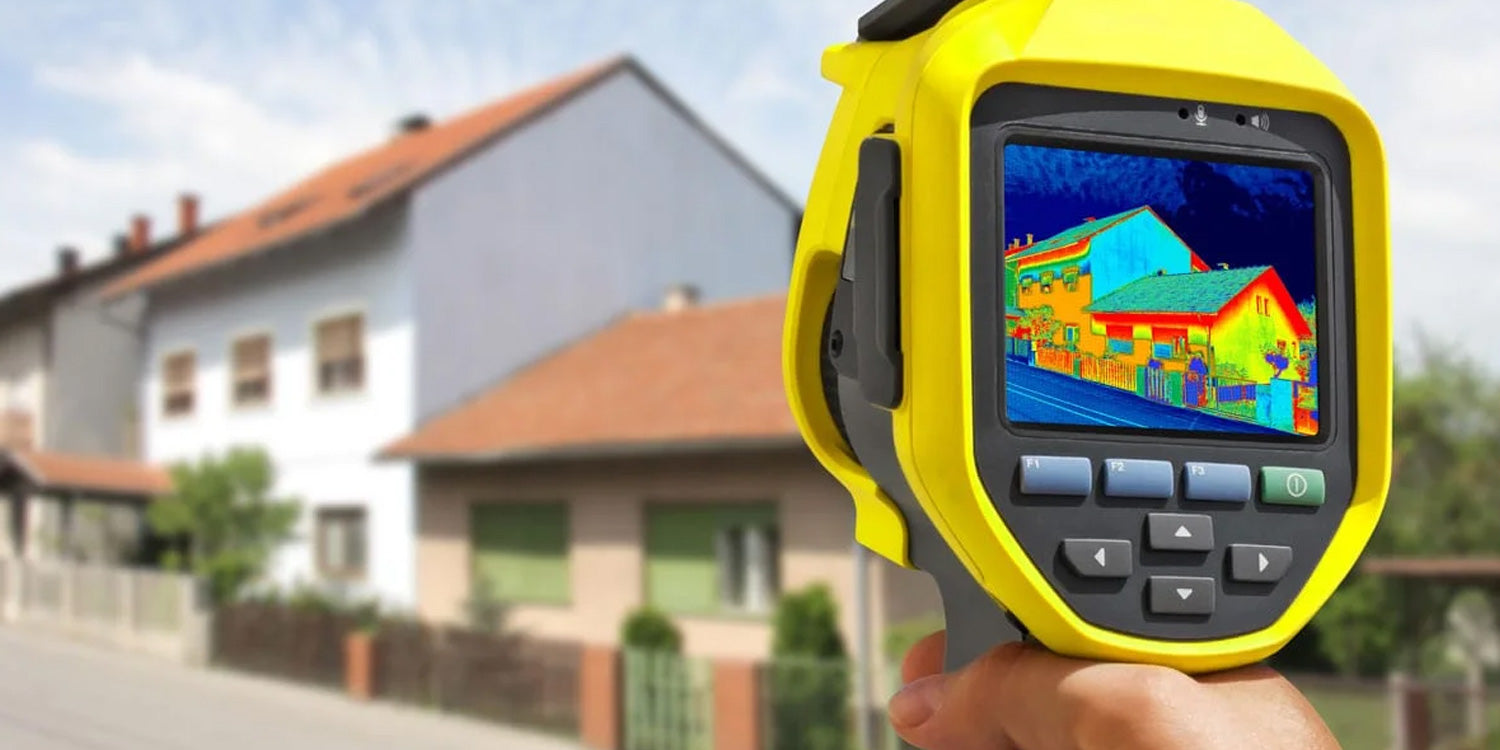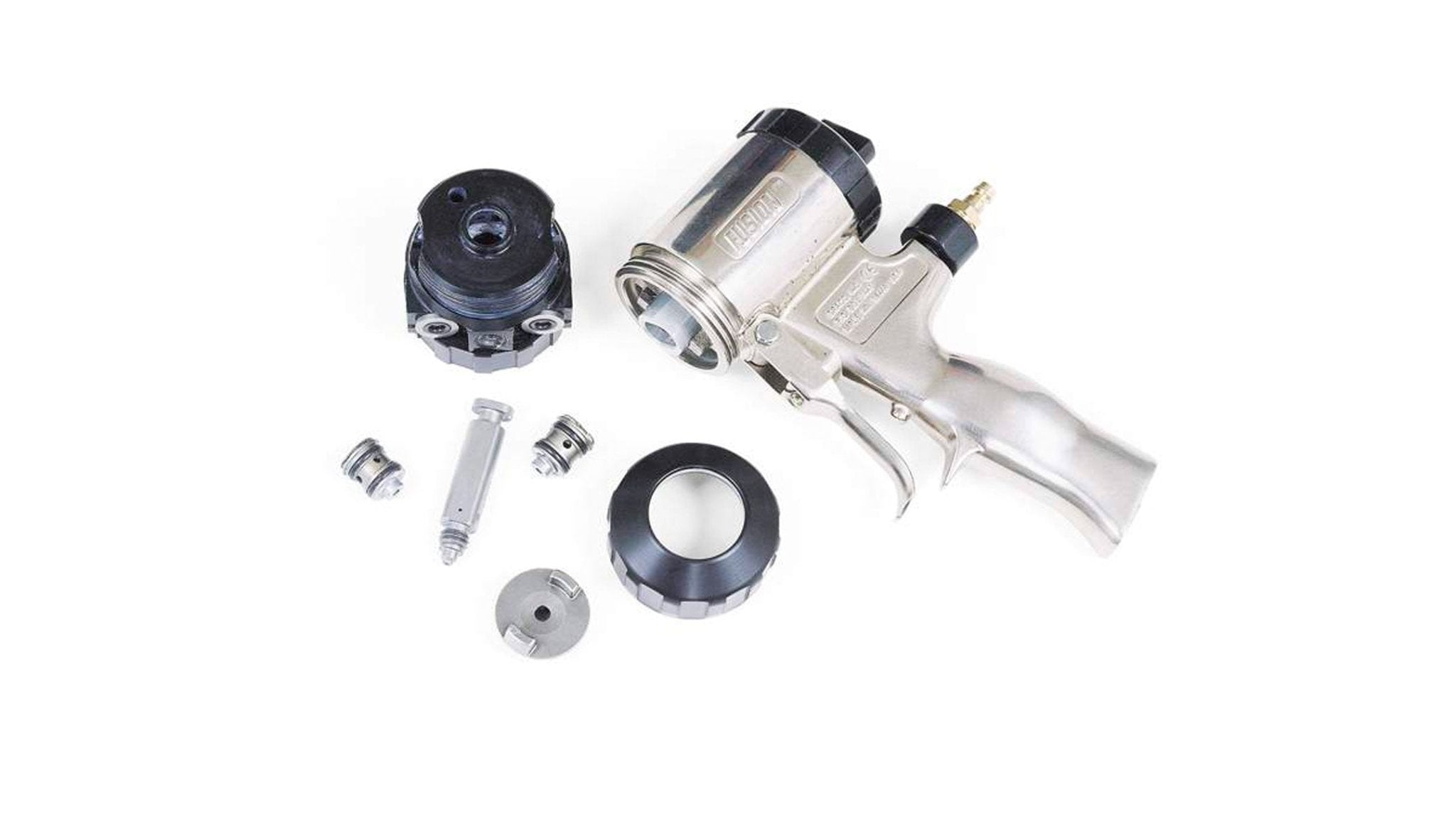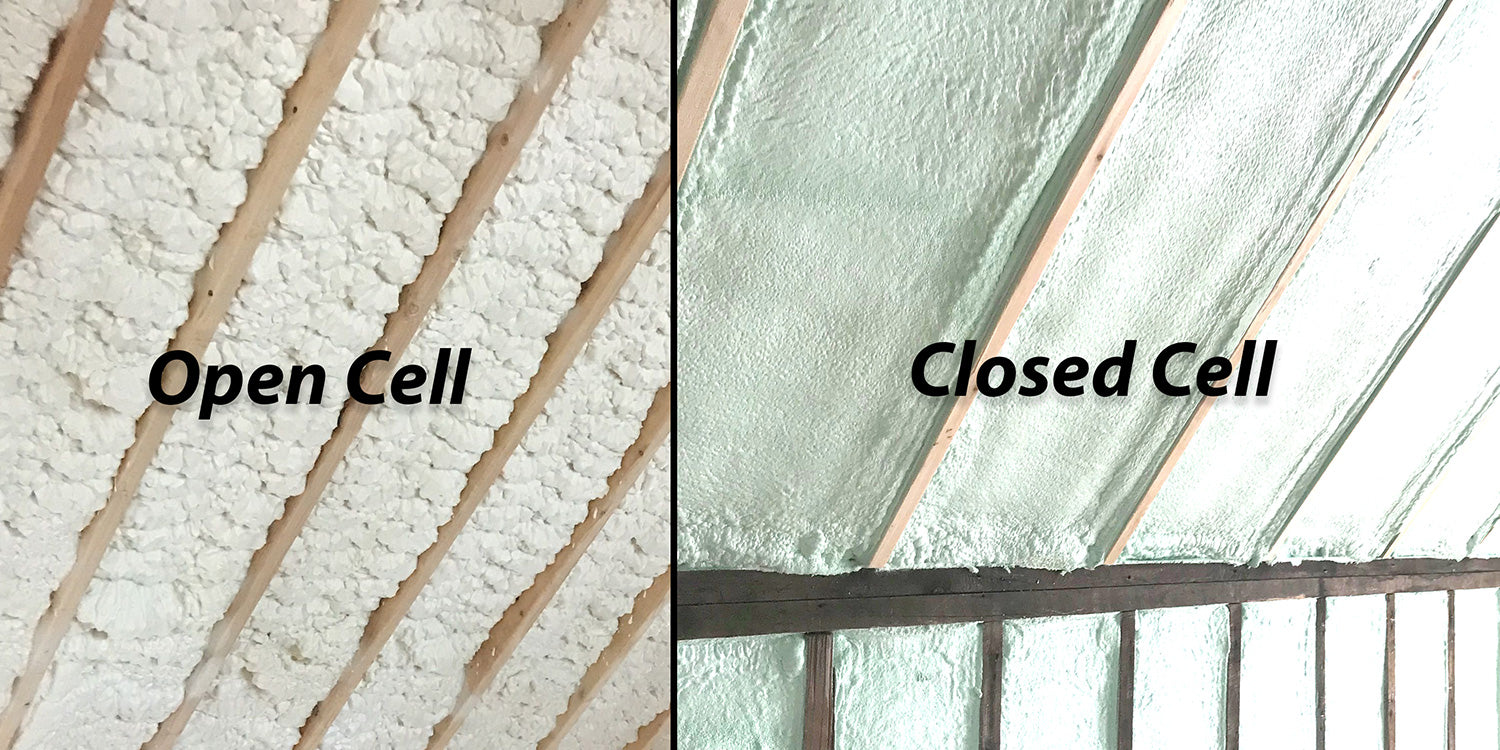Canadians are renovating their homes at record rates. While 2020 saw a focus on outdoor home improvement, homeowners turned indoors in 2021. According to a report by Statistics Canada, spending on indoor renovation increased by 66% between February and June 2021. And investment on renos is projected to stay high in 2022.
Meanwhile, the majority of homes in Canada lack proper insulation. Especially those built 20+ years ago.
Combined with changing climates across the country – temperature fluctuations, more moisture, more extreme wind – many homeowners are getting higher heating bills in the winter and higher cooling bills in the summer.
As a result, contractors across Canada are seeing high demand for spray foam insulation projects at new build homes, extensions to existing homes or energy efficiency retrofits.
Now is the perfect time to update your spray foam insulation pricing for 2022 or add this service to your contracting business for the first time. While most other websites help consumers budget for an insulation project, this guide helps contractors build successful quotes.
Make sure you’re charging the right prices with our Spray Foam Insulation Cost Calculator for 2022. The information below will help you make a quote that is clear for customers and profitable for you.
Who needs spray foam insulation?
Homeowners have several options available to them for insulation. And there’s no one-size-fits-all approach to selecting the right mix of materials between fiberglass, cellulose or foam. However, some projects are better suited for spray foam application:
- Finishing a basement: Many Canadians are adding more space to their homes by underpinning or digging down their basements, then finishing the area into a livable space. Although it’s a relatively easy way to add more space to their homes, many homeowners worry that the basement will be too chilly.
- Energy efficiency retrofits: According to HomeStars’ Reno Report, 80% of renovating homeowners indicated that sustainability is a priority in their project. The superior r-value from spray foam insulation, especially closed-cell, makes this an appealing option for improving a home’s sustainability.
- Home extensions and new builds: Because it expands, spray foam is ideally in place before drywalling and painting are complete. Some clients may elect to open drywall to add insulation, but it’s much more cost-effective to get the spray foam in first.
What types of spray-foam insulation are there?
Closed - Cell Spray Foam

- R-Value - 5.5 - 6.5 per inch
- Density - 2 lbs/square foot
- Price - $1.25 - $1.65/board-foot
Open - Cell Spray Foam

- R-Value - 3.6 – 3.8x per inch
- Density - 0.5 lbs/square
- Price - ~$0.50 - $1.00/board-foot
Caption: Comparison of open-cell and closed-cell spray foam
How much insulation does my client need?
To put together an accurate price estimate, you need the following information:
- Your customer’s zone according to their local building code. R-value requirements in Canada vary by province and often further by zone.
- The areas of the home to be filled, e.g. ceilings with attic space in Ontario, require R60 insulation. Basement walls in Ontario need just R20.
- Whether your customer prefers open-cell or closed-cell spray foam.
- The square footage to be filled: multiply the width of each wall by the height of each wall.
- Based on the r-value per local building code, how many inches of spray foam are required.
- Local price per board-foot of spray foam. Check with your local supplier to confirm material pricing.
- Always verify local building code requirements before proceeding.
Spray Foam Insulation Cost Calculator
Square footage of a room x thickness of spray-foam required x price per board-foot of spray foam
For example:
200 sq. ft. basement room x 3 inches of closed-cell spray foam required x $1.50 per board foot = ~$750
The formula above will calculate your variable cost for spray foam. But it’s essential to consider the other expenses you need to cover, such as:
- Labour costs per hour – either for yourself or a subcontractor. This can range between $50 - $150 per hour depending on your region, demand and experience
- Equipment depreciation, e.g. spray guns, generator, compressors or proportioners. These essential spray foam insulation tools will make your life a lot easier and faster. And you need to include these investments in your pricing.
- Mileage to the customer’s home
- PPE It’s essential to avoid inhaling or skin/eye contact with spray foam chemicals. Ensure that you’re protected with the proper protective clothing, eye and face coverage and respirators.
- Other fixed business expenses, e.g. truck, office overhead (if applicable), website, marketing.
Creating a Proposal for Spray Foam Insulation
Now that your variable and fixed costs are determined, it’s time to put together your proposal.
What other considerations should you include in quotes to convert prospective customers into loyal clients?
- Ensure that you include a reasonable profit margin in your quote. A good client relationship goes both ways – and it should be beneficial for you.
- Take time to define the terms in your quote. Many homeowners won’t know the difference between closed-cell and open-cell or what a board-foot is.
- Frame the cost in terms of how much the customer will benefit in cost savings on their energy bills and enjoyment of their home – fewer drafts, a warmer’s sleep in baby’s room, no more cold feet at your desk in the attic.
- Does the customer need a top-up to bring their insulation to the building code, or are they starting from scratch? Even if your material costs are lower for a top-up, many of your fixed costs will be the same.
Keep in mind that many clients will request up to 5 different quotes from contractors for spray foam.
Best Value Areas for Spray Foam
Spray foam insulation is more expensive than other insulation options – there’s no getting around that. But the benefits are clear. Spray foam insulation, especially closed-cell spray foam, saves space compared to other insulation methods. And it saves homeowners money on energy bills.
Is your customer short on budget to cover spray foam insulation over the entire house?
You can suggest that they focus on the following areas that offer the most bang for their buck:
- Attics and crawl spaces. These areas have the highest building code requirements for resistance value. Using spray foam insulation in an attic allows the homeowner to save several inches of liveable space on each wall that would be lost to less efficient insulation products.
- Children’s rooms. What’s more precious to a parent than sleep? The whole family will rest easier with the baby’s room kept at an even 21 degrees all nigh
- Exterior walls on most frequently used spaces. Nothing kills a relaxing movie night vibe quite like a drafty wall. Spray foam insulation doesn’t just save on space and energy bills; it also improves the homeowner’s comfort.
Ready, Set, Send!
Now that you’ve run the numbers through our spray foam insulation cost calculator and sent the quote over to your customer, it’s time to take stock of your equipment to make sure you’re ready for the job.
If you’re an experienced spray foam contractor, are you using the most efficient tools for your projects? To ensure you’re capturing all of the demand you can during this busy season, you need equipment that assembles quickly, needs minimal repairs and operates efficiently. Perhaps it’s time to replace your ageing fleet of spray foam guns.
If you’re a contractor offering spray foam insulation for the first time in 2022, you’ll want to ensure you have the right equipment that is easy to use, quick to assemble and will stand the test of time.
Request your quote with PURSpray today to learn more about what equipment you need - at payment options that work for your business.



